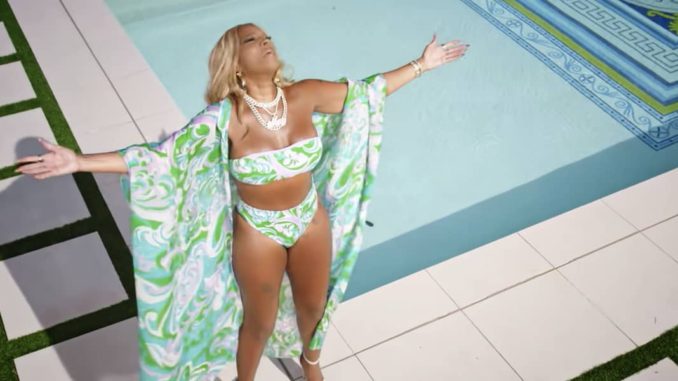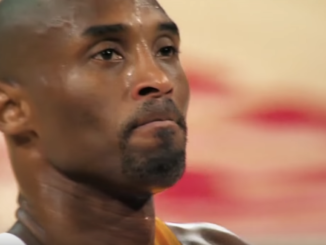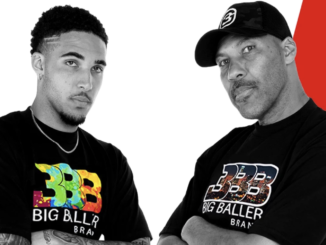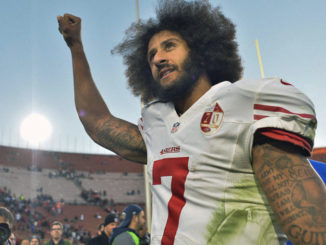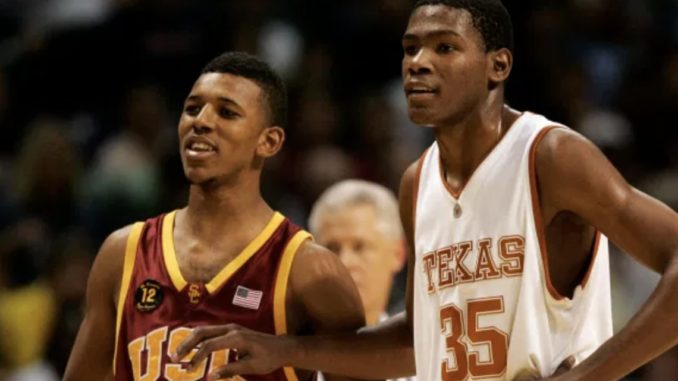
In a rational world, it’s commonsense that college athletes should be able to make money off of their own brands as they make headway in the multi-billion dollar industry of sports and build the reputation of academic institutions. Yet, in 2021, the NCAA is barely warming up to the idea, granting college athletes permission to be compensated for the use of their name, image and likeness as long as it does not interfere with NCAA guidelines or NIL laws.
The new development will be implemented to Division I schools on Thursday with California and Texas leading the charge followed by less than 20 states. There’s a catch, however. Student athletes will have to tread carefully not to violate NCAA guidelines or interfere with conferences or could otherwise face ineligibility.
Also, the big-time televised deals with major networks that cover tournaments and championship games will continue to line the pockets of the NCAA and not the actual athletes being televised.
Sponsorship deals with consumer product and athletic footwear and gear companies will also continue to cut out student athletes, despite these athletes practically being a huge draw in advertising their brands.
The biggest drawback of all is the racial unfairness and inequality instituted by the exclusion of several schools. With NIL rules applying to mainly Division I schools, many Historically Black Colleges and Universities (HBCUs) will be left out.
Those who will benefit are nestled in the Mid-Eastern Athletic Conference (MEAC) containing 11 HBCU’s, including Howard University and Florida A&M University, and the Southwestern Athletic Conference (SAC) containing 10 HBCU members, including Alabama A&M University and No. 1 ranking HBCU Prairie View A&M University.
Schools excluded from the new NIL rules for college athletes fall under the Central Intercollegiate Athletic Association (CIAA), consisting of 12 members, Southern Intercollegiate Athletic Conference (SIAC), which has 15 members, and the Gulf Coast Athletic Conference (GCAC), with 8 HBCU members.
This leaves out student athletes that play at schools such as, Bowie State University, Virginia State University, Morehouse College, Kentucky State University, and Southern University at New Orleans.
College football and basketball, sports that have a large population of Black student athletes, will continue to profit off of the backs of these student athletes while disproportionately dispersing the revenue generated by these sports to support sports that don’t draw as much money or attention on the college level, such as tennis, golf, swimming, and lacrosse — sports mainly played by white student athletes.
Similar to the school-to-prison pipeline and systemic glass ceiling weighing down economic equality for women and people of color, anyone with good sense can see that college sports is modern day slavery. Granted that students get to live out their dreams and that most of them have a full-ride scholarship, the fact that they are being denied a seat at the table to eat off of the fat plate that spotlights their talents is highway robbery.
Photo Courtesy of The University of Texas at Austin
